Cosmic Events have been the center of attention of astronauts and space workers for centuries. But now a common man is as enthusiastic as astronauts and space adventurers about the celestial wonders occurring in space. Looking at the sky on a clear night reveals nature’s wonders in form of constellations scattered throughout the sky. Every year people wait for specific dates to enjoy the scenes of cosmic events.
Astronomical events like Meteor showers, Solar eclipses, Lunar Eclipses, Moon Phases, Planets oppositions, etc are the major events everyone waits for every year. Just like every year 2021 also came with spectacular celestial events. Some have already occurred like A Planetary Trio forms on January 8-11. And Venus-Jupiter Conjunction occurs in the sky in February.
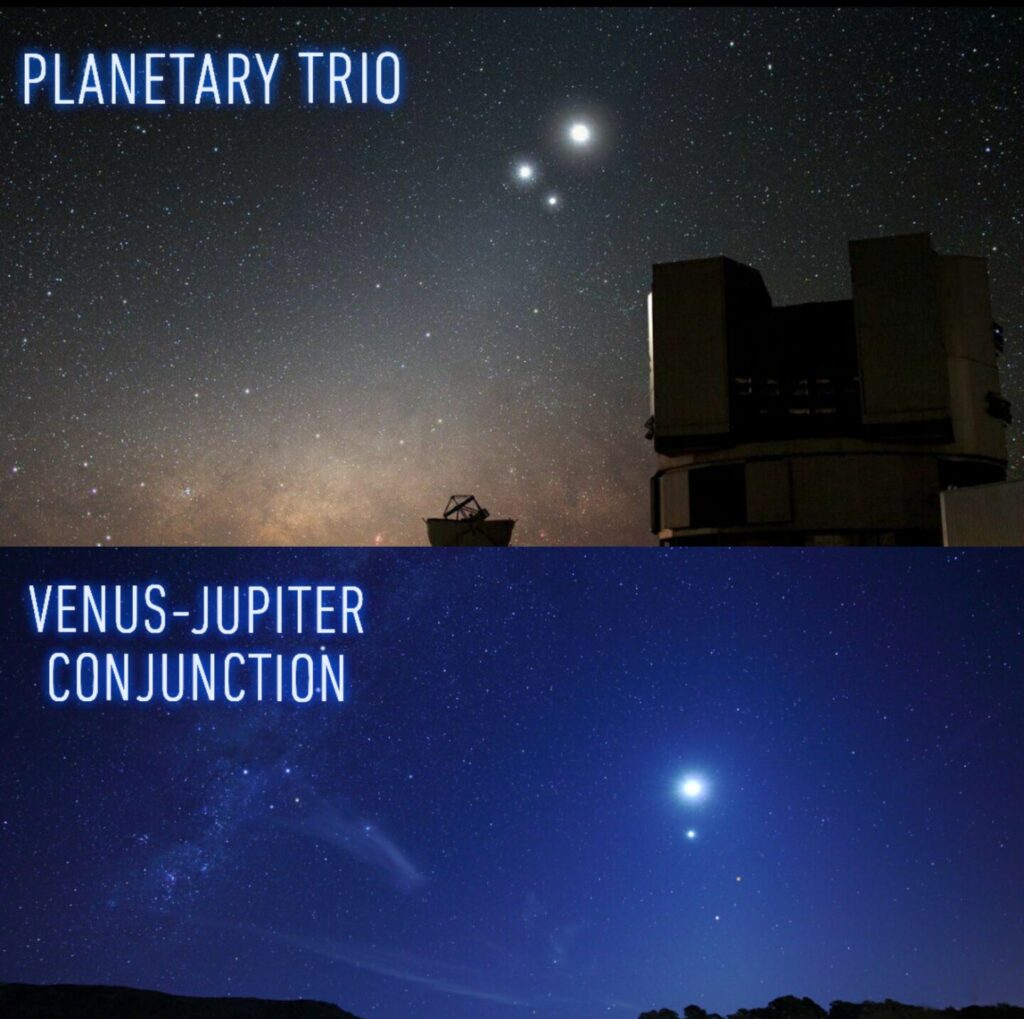
Don’t feel sad if you had missed these spectacles, there is much more to come yet. So, grab your diaries and write down all the dates of the best cosmic events you are gonna witness this year.
Lyrids Meteor Shower: April 21 to 22
Lyrid Meteor Shower is an awestruck event for stargazers. April is famous for its Annual Meteor showers and this year is no exception. According to the American Meteor Society, this Meteor shower will start near mid-April and will remain till late April. This wonderful celestial event will reach its peak on the night of April 21 and 22. Stargazers will be able to watch 10 to 15 meteors in an hour though moonlight can dim some of the fainter meteors.
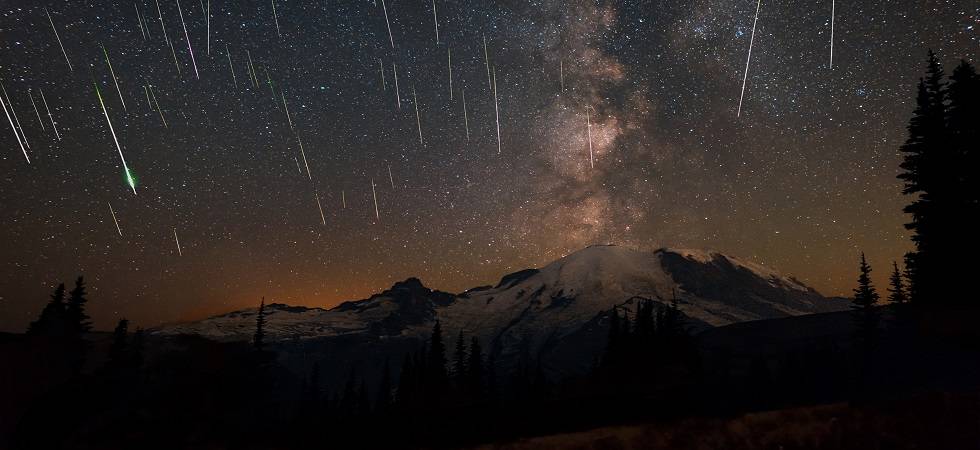
Lyrid Meteor Shower is expecting to occur on the night of April 21 and 22 at 4:00 am in morning. If you want to witness this spectacle of meteor traffic then try moving to open areas and away from City lights because chances are higher in darker places. The residents of the Northern Hemisphere will get the best view of the Lyrid Meteor shower. So get ready to watch your sky lighten up with this amazing meteor shower.
Total Lunar Eclipse: May 26
The last time Total Lunar Eclipse occurred in 2019 and now after two years, it is happening again. On May 26 the Earth’s shadow will once again envelop the Moon totally. Stargazers throughout most of the continental United States will be able to get a sight of the partial eclipse. They can watch the Earth’s shadow slowly darkening the moon in the early morning hours of 2021.
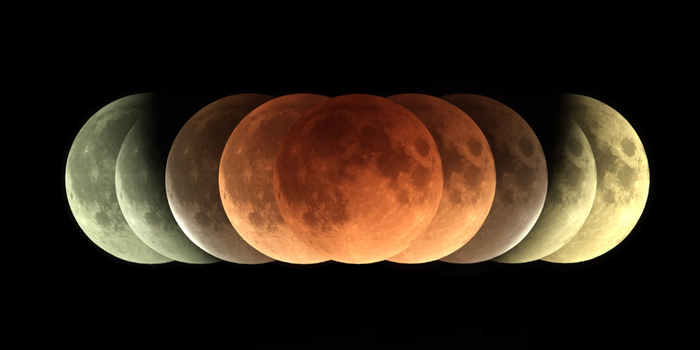
The total lunar eclipse takes place when Earth comes in between Sun and Moon and darkens the Moon with its shadow. This spectacle earned the name called Red Moon. Because the color of the Moon changes to orange-Red.
Annular Solar Eclipse: June 10
Just in a time span of two weeks after Blood Moon, the stargazers will be able to witness the Annual Solar Eclipse in the sky. The residents of Canada, Greenland, and Russia can get a sight to the Full Solar eclipse on June 10, 2021, near 9:50 am. Observers in Eastern areas and the Midwestern United States will witness the partial Solar Eclipse. In general Solar Eclipse occurs every one to two years. This, in actuality, depends upon where all the celestial bodies are located in their cycles.
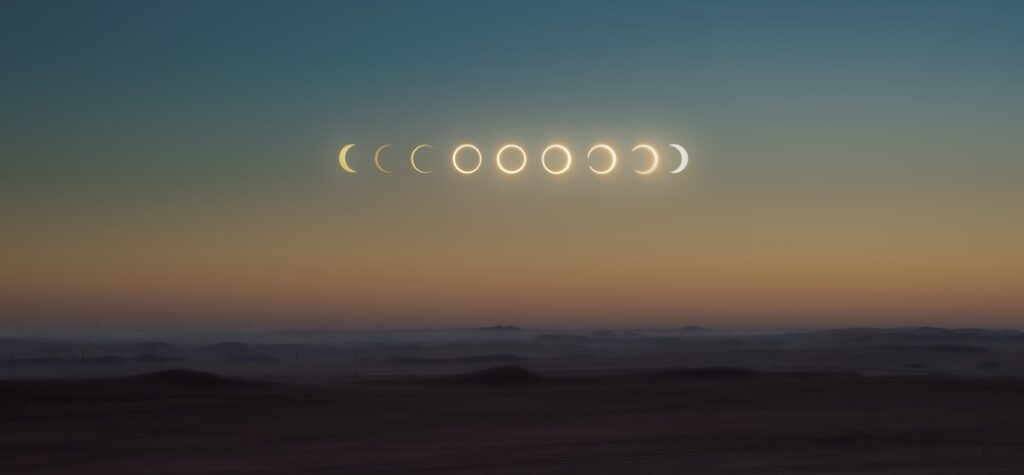
Solar Eclipse occurs when Sun, Moon, and the Earth align together in a row. The portion of the Earth is engulfed in a shadow cast by the Moon which fully blocks sunlight making a Ring of Fire. The observers should keep it in their mind that the Solar Eclipse can be harmful to the naked eyes according to NASA. Even watching the partial eclipse with unfiltered telescopes can cause serious damage to the eyes.
Saturn Opposition: August 02
A Planet opposition means it comes in a straight line with the Earth and the Sun, with Earth in between the two. Only the planets further out in Solar System come in opposition to Earth. Saturn Opposition is the best opportunity for astronaut enthusiasts to watch the Saturn Rings and Moons.

As the Gas Giant will come closer to earth on August 2 the observers can watch this planet with their telescopes. Planet opposition is an opportunity for astronauts to study the far-off planets like Uranus, Mars, Neptune. Because in this celestial event these planets are brightly illuminated and ride high in the sky.
Perseid Meteor Shower: August 11 to 12
Perseid Meteor Showers are associated with the comet Swift-Tuttle. These are called Perseids because the point in the constellation from which they hail is known as Perseus. The Perseids are colorful light explosions caused by larger than usual cometary materials. They burn brighter than other meteors and cause fire-like streaks in the sky.
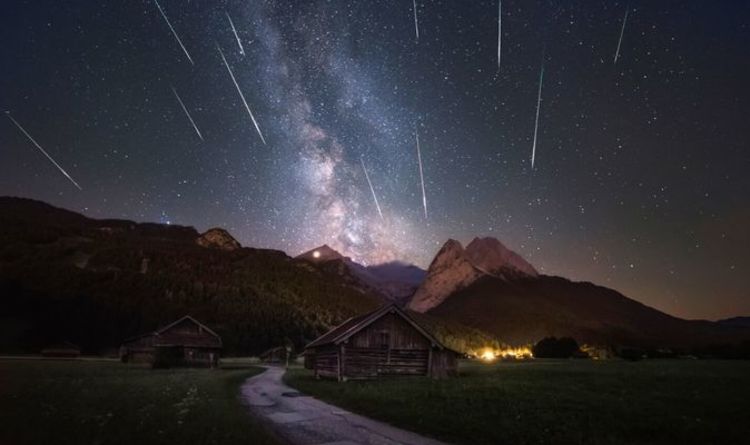
The August’s warm temperatures and clear skies set off the perfect opportunity for observers to witness the Perseid Meteor Shower. According to Giffith Observatory, The stargazers can watch almost 83 meteors per hour on the peak nights of August 11 and 12. You just have to find the starting point Perseus, the meteor will start falling from there eventually.
Neptune Opposition: September 14
Neptune is not an easy planet to watch without the aid of a telescope. But in mid-September, this icy giant can be visible with help of Binoculars and a steady hand if look carefully. Because on September 14 this far of the planet of our Solar System will come in opposition to Sun and will make a close approach to Earth. Neptune will be illuminated much more than usual on the peak night of September 14.
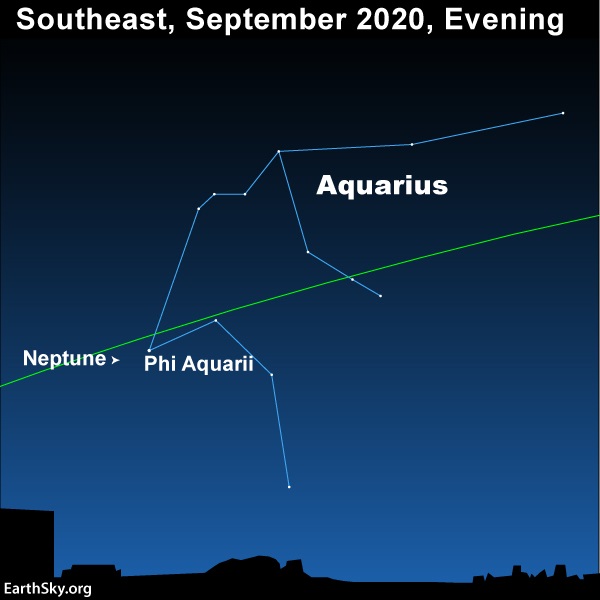
To witness this Icy planet opposition look in the constellation of Aquarius. Then slightly look lower to the star Phi Aquarii which sits exactly next to Neptune. You can use mobile apps to help you locate the planets.
Partial Lunar Eclipse: November 19
Partial Lunar Eclipse occurs when Earth moves between Sun and the Moon but they don’t form a straight line in space. Resultantly, a small part of the Moon is covered by the shadow of Earth giving rise to the Partial Lunar Eclipse. In the early morning hours of November 19, this cosmic event will be visible for the observers of the United States. The Eastern time stargazers can watch the lunar eclipse with a greater extent of the moon’s surface covered at near 4:00 am.
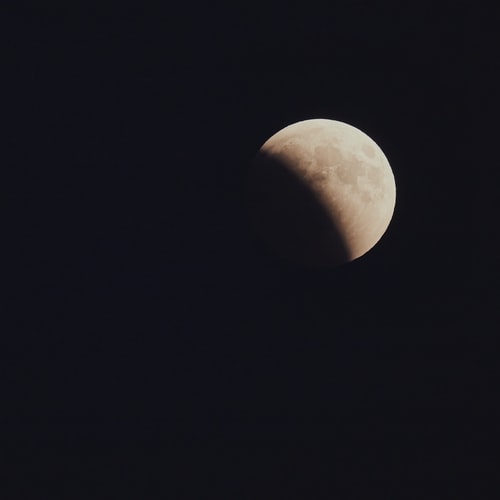
Geminid Meteor Shower: December 13 to 14
At the end of 2021, one of the best cosmic events will take place. Geminid Meteor will hail in mid-December, hampered by a Moonlight on peak nights of 13-14 December. Viewers should look for this brilliant meteor shower in the midnight in dark hours. There are high chances that observers will be able to witness as much as 150 Meteors hailing from the sky and illuminating the whole scene.
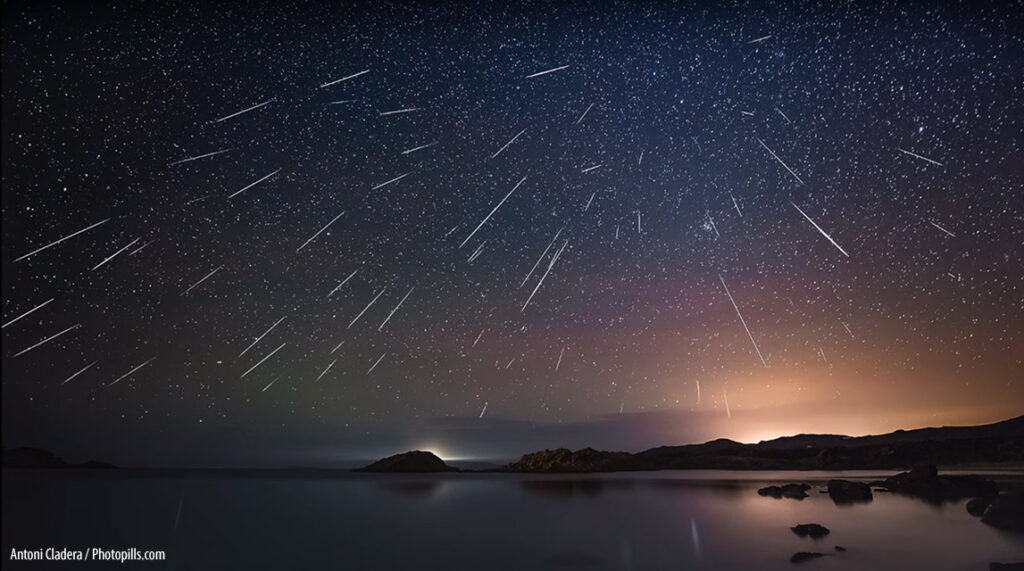
Geminid Meteor Shower appears to hail from a point near the star Castor in Gemini. When the earth passes through this asteroid’s trail these green fireballs enter into our atmosphere and lightens up the sky making it one of the best astronomical events of the year.
These are some best cosmic events expecting to occur this year. The Meteors and Eclipses are the best events to watch with your loved ones. So, mark the dates on your calendar and don’t miss watching these heavenly bodies doing wonders in the sky.



